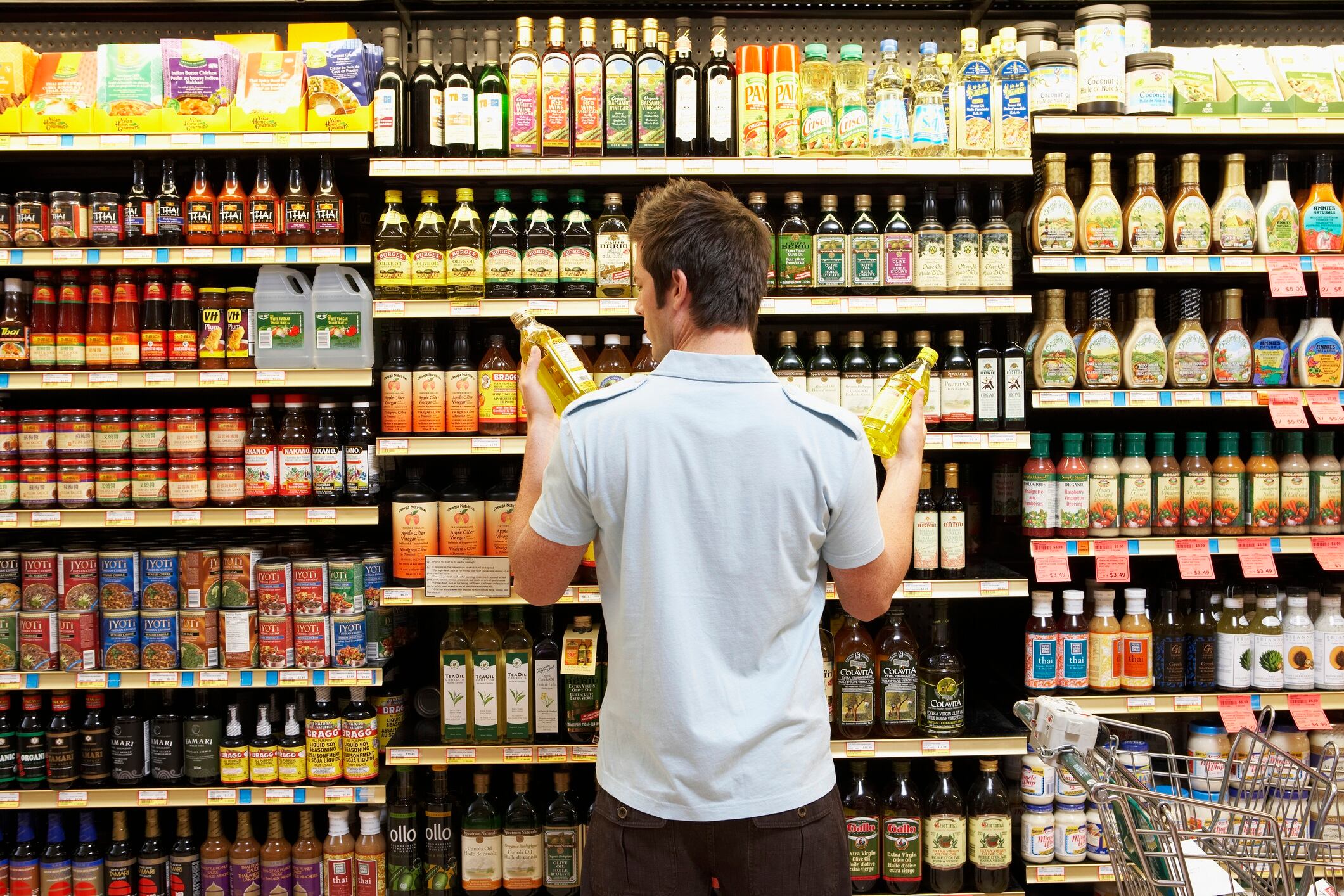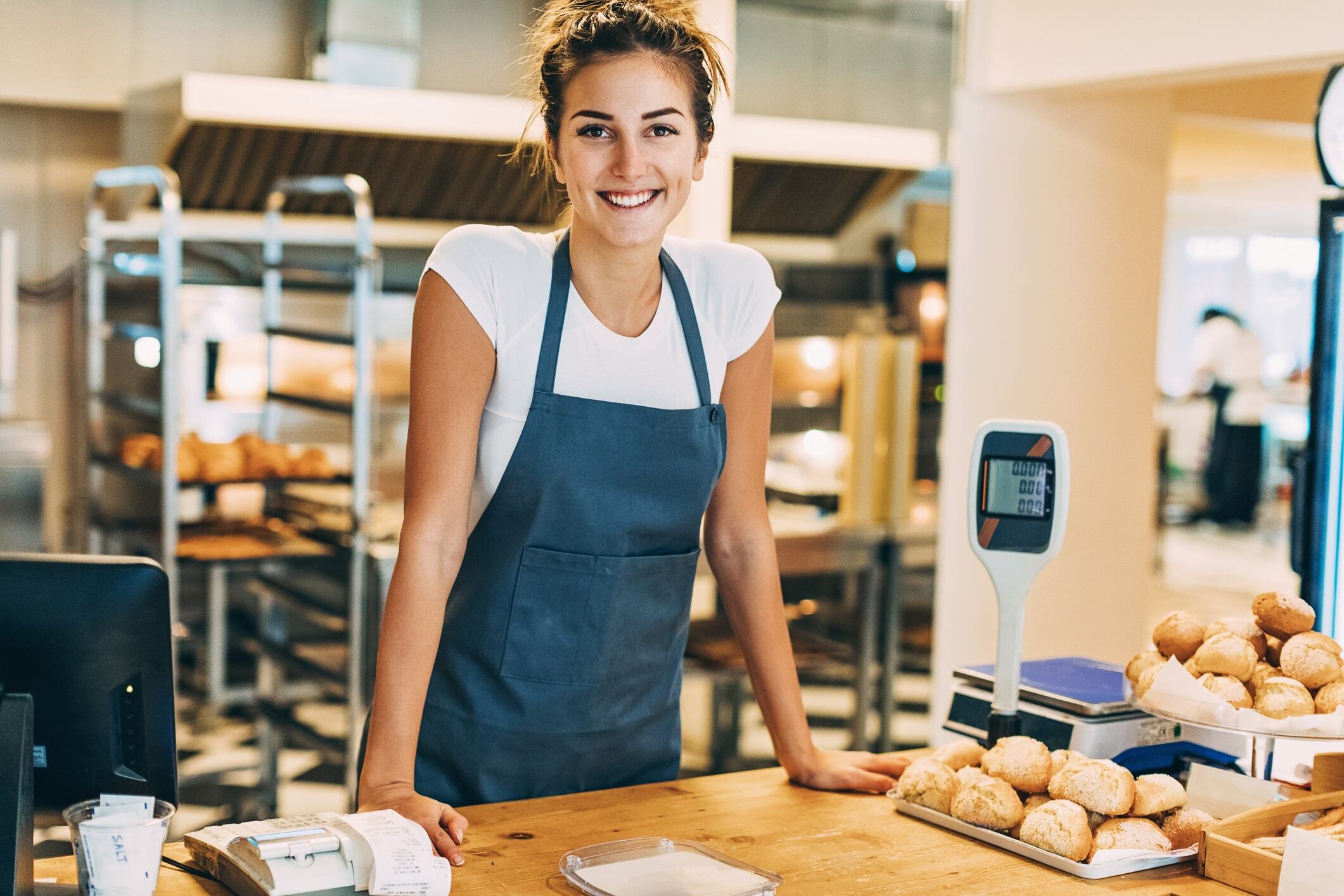Consumers are changing their ways. From fashionable new flavours, such as Dubai chocolate, to the latest must-try diet. Food and beverage trends are changing on an almost-monthly basis and consumers are buying into them.
But there is a snag. Food and beverage brands are struggling to stay ahead of the curve, maintain brand relevance or launch new products to tap into demand quickly enough.
What are the biggest challenges facing F&B brands?
But then there are also the socioeconomic developments to factor in, as well as challenges caused by climate change, which continue to cause manufacturers headaches.
“Volume growth continues to be weak, inflation is cooling but continues to impact production costs, while consumers – understandably – are more price-sensitive than ever,” says Richard Peake, managing director of Merchant Gourmet.
Digital channels, DTC models, and changing consumer habits have given smaller brands a real shot at success
Richard Peake, Merchant Gourmet
But it isn’t all bad news. In fact, there are some major positives for smaller brands, as the industry has evolved to support them, allowing them to break into, and succeed, in a competitive market.
“Twenty years ago, FMCG was dominated by the biggest players,” says Peake. “Supermarkets were the gatekeepers, and challenger brands had a much harder time breaking through. Fast forward to today, and the power dynamic has shifted. Digital channels, direct-to-consumer (DTC) models, and changing consumer habits have given smaller brands a real shot at success.”

Social media has also helped to open doors for smaller brands, giving them a platform to reach consumers, where none existed before.
“That has its challenges though,” warns Merchant Gourmet’s Peake. “A brand can be ‘cancelled’ overnight… or it can go viral – look at the success of Little Moons, for example. In these instances, challenger brands can struggle to scale with the influx in demand."
But arguably the biggest challenge faced by brands is the revolving door of trends. What’s ‘hot’ one month might very well be ‘not’ the following month. This is difficult to predict and even harder to cater to. However, there are some trends which have proved they have staying power.
“Health and wellbeing, and sustainability are front and centre,” says Peake.
Basically, the expectation is for brands to do it all
Richard Peake, Merchant Gourmet
Though this trend consistency presents its own challenges as brands are increasingly expected to cater to all.
“Basically, the expectation is for brands to do it all – be nutritious, convenient, sustainable, ethical, and transparent,” says Peake. “Balancing all of that is a major challenge, but it’s also an opportunity for brands that get it right.”
And this is something that affects both independent and private-label brands, meaning they’re both having to work harder to stay relevant to consumers.

How can brands stay relevant and profitable?
Be open to change
Change, in all its forms, is one of the biggest challenges faced by food and beverage brands as they fight to stay relevant. But being open to change can also be the solution, particularly when it comes to product formulation.
“Brands are under pressure to clean up labels, reduce reliance on UPFs, and deliver products that are both nutritious and delicious,” says Merchant Gourmet’s Peake.
Establish a strong brand identity
Creating a strong brand identity that consumers can recognise and identify with can be central to achieving success.
You only have to look at companies like Coca-Cola to see the value in staying true to brand image. The American multinational has maintained strong brand identities across its portfolio, including Coca Cola, Sprite, Dr Pepper and Fanta and as a result as seen continued success reaching net revenues $47.1bn in 2024 with 3% year-on-year growth.
And when that brand identity is established, it’s important to communicate it to consumers, something that’s happening a lot on social media.
“Consumers want to connect with brands that align with their values, whether that’s sustainability, provenance, or innovation,” says Peake.
Look to the future
“In a challenging climate, brands have got to ask what consumers will want in 10 years’ time. This should be the stress test for NPD,” says Peake.
This will go against the urge many brand managers will have to jump on the latest trend in the hope of boosting sales, but it could prove a costly misdirection.
“Don’t fall into the trap of creating products ad hoc to cater to trends,” says Peake. “Ultimately, the most enduring trends are the ones that never really went away.”
Increase volume not prices
Working to increase volume of sales should be prioritised over price increases. This will not only boost long-term revenue but avoid the risk of losing customers to cheaper brands.
“Too often, businesses chase short-term margins over long-term brand equity,” says Peake. “There needs to be a shift in priorities.”
Be transparent with customers
Trust in the food industry has been declining for over a decade, but brands are starting to turn things around. And increasing transparency is one of the best ways to capitalise on this shift. In fact, it could prove to be the difference between success and failure.
“If brands don’t take the lead in informing consumers about what’s actually in their food, regulatory bodies will do it for them,” says Peake. “Some brands are going to come out on top, and others will fall behind if they fail to be clear and open about what’s in their products.”
Think big
Brands that prove they’re ready to make significant changes to, meet consumer demands, particularly surrounding issues such as sustainability, will likely see success going forward.
“The industry has an opportunity to double down on whole ingredients, sustainability, and genuine innovation with the consumer at the heart of it, rather than just tweaking existing products,” says Peake.




